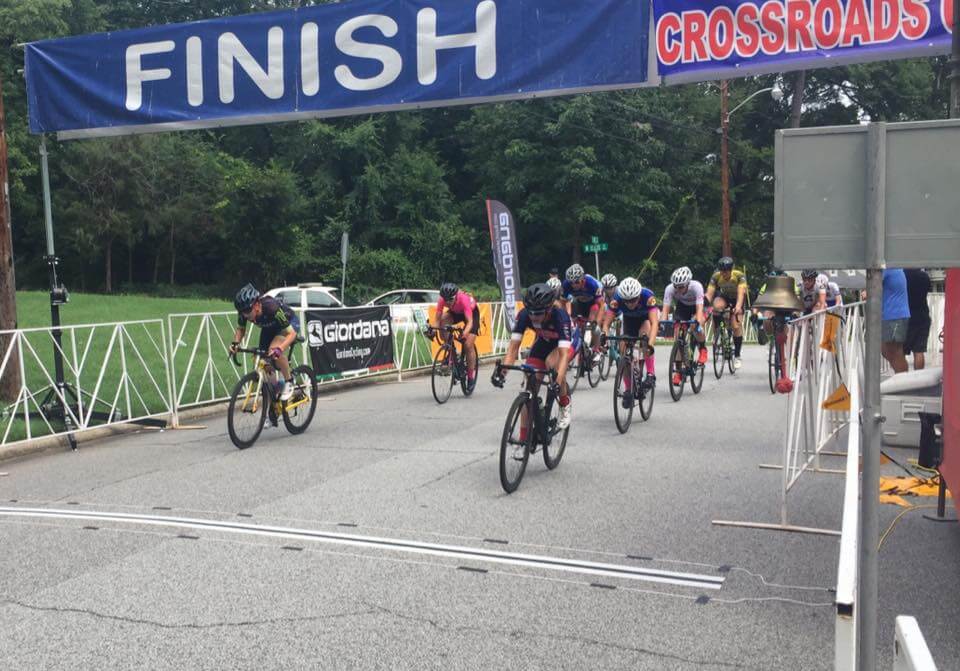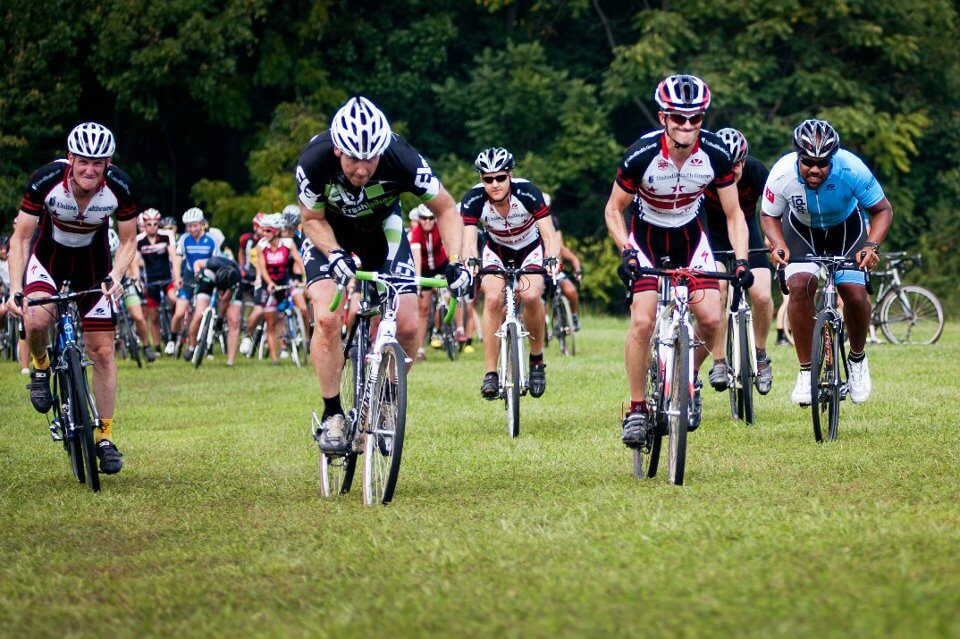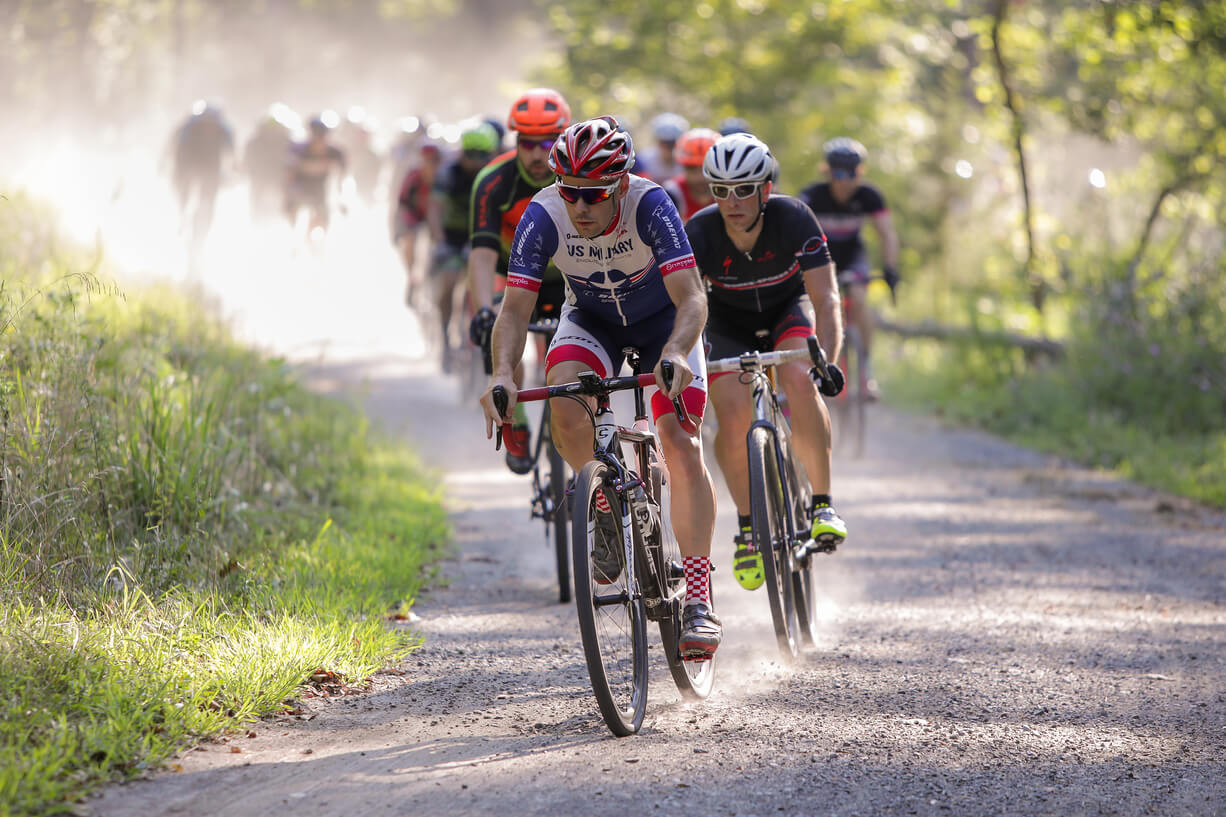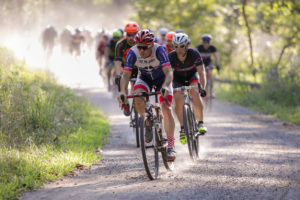The race is over, you have made it back home. Your to-do list includes cleaning your bike, looking over your training plan for the next day, and uploading your data to Training Peaks and maybe Strava. What else is missing? Your Race Report.
From a coaching perspective, race data is pure gold. Due to adrenaline, expectation, stress, and competition, racing provides excellent insight into an athlete’s potential. Tons of data, each bit, can be analyzed and interpreted. All of this is objective. However, there is a subjective portion of this analysis that is equally, if not sometimes, even more important. The racer’s evaluation and this piece of the pie are the one most overlooked.
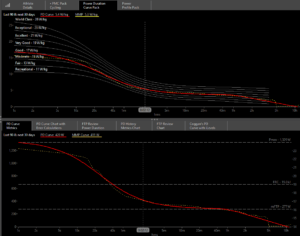
Quantifying performance during a race is easy with all of the gadgets available, from power meter to heart rate to SMO2 monitors. Training Peaks and WKO4 provide the analysis tools. However, the race narrative requires more information. What was your Rate of Perceived Exertion (RPE)? How well did you hydrate before the race? Is work stressful? The mechanism to capture all this data is the Race Report.
Amateur racers come from all walks of life, switching from spandex to business attire come Monday morning. So when they take the preverbal pen to paper, the output is equally diverse. Race Reports range from the coldly analytical to the award-winning novelette. Some reports are informal storytelling around the coffee shop while others appear on a blog. While the style and means of dissemination differ, effective Race Reports contain the same item, the athlete’s reflection on their performance.
The Race Report helps the athlete reflect on his experience. What went well? What failed? Were goals met? Why or why not? The Race Report gives the coach invaluable information to be used in training plan development. It is the story behind that new FTP number or new 1-minute power number. For example, a CX racer felt he had mounting/dismounting down. During a race, he came into the barriers slightly ahead of three riders. Post-barrier, he found himself in fourth. How could this happen? That experience, not visible in just data, gives insight on the confidence and the speed the athlete could negotiate on this part of the course.
The Race Report also provides an interesting mental picture of the athlete and the race. Ironically, when an athlete does well, they respond with talking about tactics and making the break. When their expectation is not met, it shifts to fitness and preparation. The Race Report provides the ice-breaker for some tough conversations. For example, a female athlete wanting to podium at a major race has the power numbers to finish in the top 3 in most local races, yet lacks confidence during more aggressive crits. The power files show matches still left to burn, and the Race Report tells of losing position in the final lap. The numbers show it was not fitness that held her back, rather confidence and opens to door to the discussion of racing in a couple of men’s fields to overcome this challenge.
For a coach, the most useful aspect is the insight on their actual power numbers. If the athlete hit a new five-minute number, was it because they were trying to bridge and the “rabbit” in front of them was enough to get them not to sit up at the four and a half minute mark.
The Formula Template
There is no formula for writing a race report, but here is a simple template that I use.
The Event
– Name
– Where
– When
– Type
– Finishing position and the number of racers
Course description – nothing too long but note any key elements. An eight corner crit is very different than a crit on an oval track.
The content of the race reports provides the reflection of the athlete on their performance. A quick note on timing. Bicycle racing is like everything else. Ofter a day a good performance, becomes great, at the end of the week, it becomes eligible for the archives on Mount Olympus. For a bad performance, each day it worsens. So take the time, the evening of the race, or at the latest the next day, to write out your thoughts.
Warm-up / Prep – this is a significant category. What was the athlete’s mood? How did they sleep the night before? What was their nutrition? Did they follow their pre-race schedule? (More on this in a future entry)
Assessment of their training – this helps the coach and the athlete fine tune their training. Does the athlete think that they were ill prepared for the power requirements of the race? Did they get dropped because they just could not match the strength of the rider in front? Did they ride off the front because the other riders just could not keep up with them?
The Race
This is a narrative of the race. In the athlete’s view, how did it play out? What were their failures and their successes? What could they have done better? Talk about the finish. Was there a sprint finish, how did they feel? Were they tactically sound?
If they were first, how did they get there? If they were on the podium but not the top step, why not first? If they were just field fodder, why did I lose?
Yes, writing a race report takes time and thought. I like to have my athletes either write them that Sunday night or reflect on their performance during their Monday recovery ride and then after the ride write it out. A good race report will give both the athlete and the coach a valuable means of evaluating their performance and should be completed after every race, from first place to a DNF.
Don’t wait too long to write the Race Report or it turns into a fish story….good races become Olympic Gold medal stories, and bad races are epic fails.
Want to read some of KyleCoaching athlete’s Race Reports? They are here.

